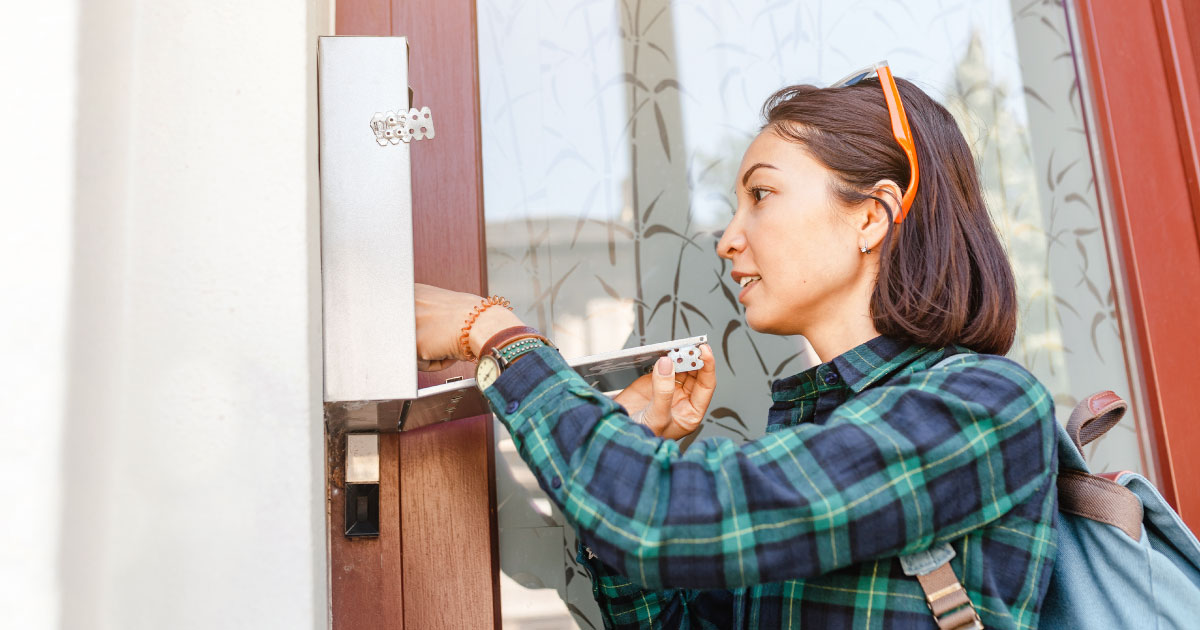Before the pandemic, in February 2020, just 5.7% of us were working from home. Today this couldn’t be further from reality, with nearly everyone having experienced or knowing someone who began working from home in April 2020, with new reports showing 43.1% found themselves working remotely.
Now, in September 2021, more than two-thirds (66%) of businesses continue to offer employees the option of remote working, with many adopting a hybrid working approach whereby staff blend office and home working together – giving employees the best of both worlds.
But this leads us to the question as to why remote working is so popular. And we think we’ve found them… with 6 reasons why we just can’t stop!
WFH = WORKING FROM HOME
When in the office, it’s easy for noise levels to rise, for people to chat and for time to be spent moving around from one meeting room to another. With remote working (or WFH as it’s now commonly referred to), employees are often met with quiet, fewer distractions and the comfort of having a workspace in one room, which has resulted in increased productivity.
Several studies carried out in 2021 showed that on average, those who work from home spend 10 minutes less a day being unproductive, work one more day a week and are 47% more productive. Not only helping them succeed in their roles but also allowing businesses to benefit from this productivity that can be passed on to their end audience.
The average daily commute time in the UK is now 59 minutes, but employees can forget long commutes, delayed buses, being snowed in, traffic jams and broken down cars and say hello to no commuting stress with telecommuting. Telecommuting is the ability for an employee to complete work assignments from outside the traditional workplace (ie. WFH).
The simplicity of being able to wake up, eat breakfast and walk into another room to begin work is not only appealing for ease, but also for the fact that it removes the stress of commuting.
Remote working provides staff with invaluable extra time that wouldn’t usually be available when working in the office. This time can come in the form of a lunch break, the time saved from commuting or just the time in the morning saved from having to get ready to leave the house. As adults, it almost always feels like we never have enough time in the day, so to be able to get some back is extremely rewarding.
73% of those asked said working from home improved their work-life balance...
A lot of people find themselves appreciating this extra time to do things that may not be possible if they worked in the office. From the option to do the school run, take the dog out for a walk, have time to do some housework or run errands, WFH enables employees to improve their work-life balance and in turn, reduce stress, allowing them to feel more in control of their lives.
Don’t just take that from us! In a recent survey, 73% of those asked said that working from home improved their work-life balance, making them happier and healthier employees.
Remote working and hybrid working also offer savings in money, both personally and professionally.
By not having to do things like commuting and buying lunch every day, the average employed worker is saving £44.78 (https://hrnews.co.uk/) every week. Personal savings can also be reduced or eliminated from employees saving on parking fees, car maintenance a professional wardrobe, general work expenses and child care.
Professionally, companies are saving money in areas including utilities, maintenance, cleaning services and meeting room hire. According to an ATLUS article, companies can save £10,000 per employee who works on a flexible or remote working basis, allowing this money to be reinvested elsewhere into the business.
There have also been some unexpected effects of employees working from home. According to an IQAir report, the slowdown of economic activity during the pandemic has the potential to reduce fine particulate air pollution by as much as 60%. It has also been reported that increasing the number of UK employees working from home can save over 3 million tonnes of carbon a year.
Recent documentaries, such as Sir David Attenborough’s A Life On Our Planet, highlight just how much our planet is struggling and that businesses need to look at the impact their activities are having on the environment. The fact that working from home can offer part of a solution to this is definitely an incredible benefit- who doesn’t love supporting the planet?!
When working from home was first advised by the UK government in March 2020, it was surprising to many just how prepared the world was for it. There was already a wide range of remote working tools that were quickly adopted by companies so that teams could adapt to this new way of working with minimal disruption to their working day. Platforms for video calling like Microsoft Teams, online printing services like Docmail Hybrid Mail and email platforms became essential, pushing technology advancements into working environments unlike before and helping us all take that next step towards a new future for working.
Whilst many of us may be missing our colleagues and the coffee catch-ups, we just don’t want to part with remote working just yet. It has become something that many of us expect to be offered by employers as well as a creature comfort on those days when we just want to get our heads buried in our daily tasks without distraction. Despite not everyone being able to work from home, it is likely that it is here to stay now and into the distant future and it’s something we are excited about!
Find out how we supported businesses working from home in 2020.


Structured Credit Communications For Leading Agri-Food Organisation
Surrey County Council Sought to Optimize Print/Post Services Across Departments. We Helped Transform Their Services With Our Industry Expertise.
The block management software providers at Blocks Online experienced considerable growth upon integrating a reliable mailing method and API connection.
Keen to adopt a more efficient way of printing, packing and posting their time-sensitive paper communications, High Mill has embraced the Docmail Print Driver.
Simplified Patient Communication For Lung Health Check Programme






Fife-based Electricity Asset Services, specializing in electrical and civil engineering, employs CFH's Docmail system for improved communication with Scottish Power and staff.















